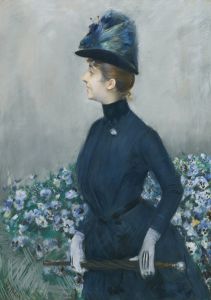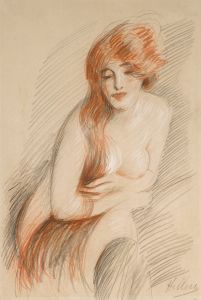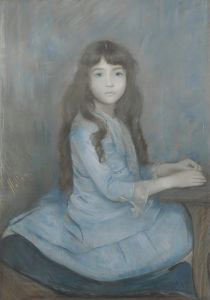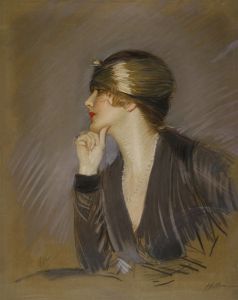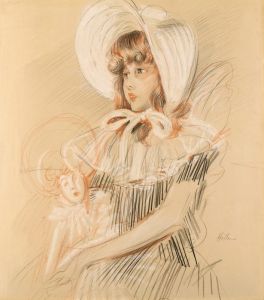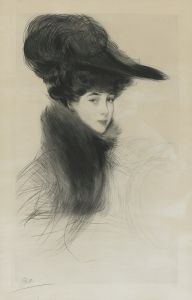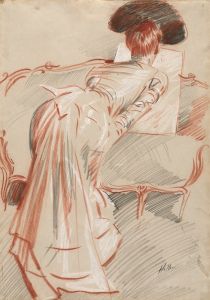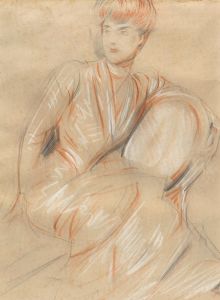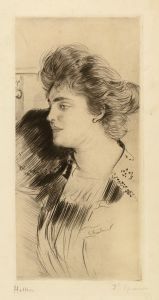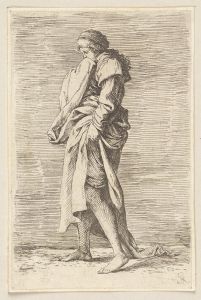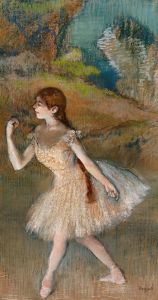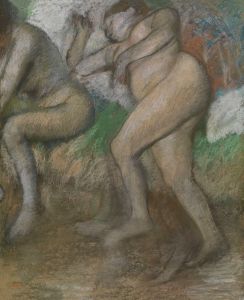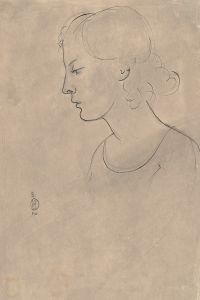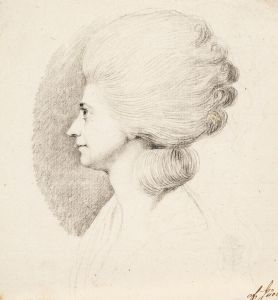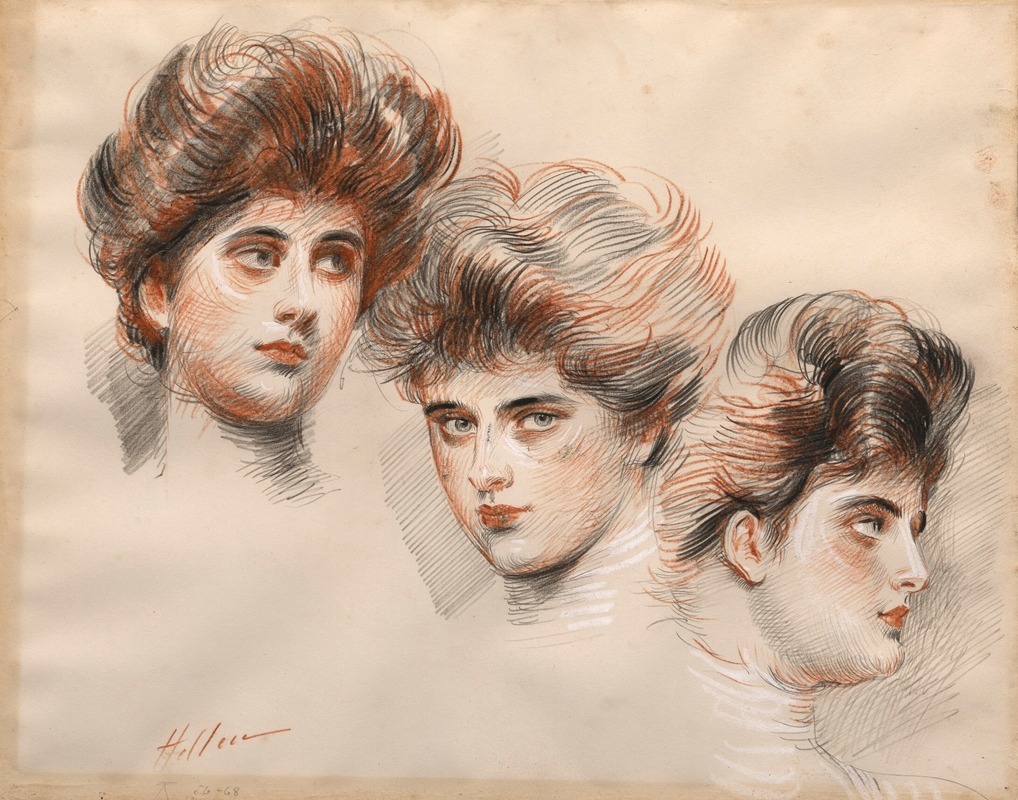
Portrait d’Yvonne Avollée, de face, de profil à droite et à gauche
A hand-painted replica of Paul César Helleu’s masterpiece Portrait d’Yvonne Avollée, de face, de profil à droite et à gauche, meticulously crafted by professional artists to capture the true essence of the original. Each piece is created with museum-quality canvas and rare mineral pigments, carefully painted by experienced artists with delicate brushstrokes and rich, layered colors to perfectly recreate the texture of the original artwork. Unlike machine-printed reproductions, this hand-painted version brings the painting to life, infused with the artist’s emotions and skill in every stroke. Whether for personal collection or home decoration, it instantly elevates the artistic atmosphere of any space.
Paul César Helleu was a French artist known for his portraits of beautiful society women, often capturing them in elegant and graceful poses. His work is characterized by its delicate lines and the use of drypoint, a printmaking technique that allows for fine detail and subtle shading. One of his notable works is "Portrait d’Yvonne Avollée, de face, de profil à droite et à gauche," which translates to "Portrait of Yvonne Avollée, from the front, profile to the right and left."
This artwork exemplifies Helleu's skill in capturing the essence and personality of his subjects. Yvonne Avollée, the subject of this portrait, was one of the many women from high society whom Helleu depicted. The portrait is distinctive for its presentation of the subject from multiple angles, showcasing Helleu's ability to render the same subject with varying perspectives, a technique that highlights his mastery in capturing the nuances of facial expressions and features.
Helleu's portraits are often celebrated for their elegance and the way they encapsulate the fashion and style of the Belle Époque era. His work provides a window into the world of the Parisian elite during the late 19th and early 20th centuries. The women he portrayed were often adorned in the latest fashions, and his attention to detail in rendering fabrics and accessories is notable.
"Portrait d’Yvonne Avollée" is a testament to Helleu's ability to blend realism with a sense of grace and poise. His use of drypoint in this work allows for a soft, almost ethereal quality, which is a hallmark of his style. The technique involves incising an image onto a plate with a hard-pointed needle, which is then inked and pressed onto paper. This method enables the creation of fine lines and subtle gradations of tone, which are evident in the delicate rendering of Yvonne Avollée's features.
Helleu's portraits were highly sought after during his lifetime, and his reputation as a portrait artist was well established among the upper echelons of society. His ability to capture the likeness and spirit of his subjects made his work popular among the fashionable circles of Paris, London, and New York.
While specific details about Yvonne Avollée herself may not be extensively documented, her portrayal by Helleu suggests she was a figure of some prominence or beauty, as was typical of his subjects. The multiple views presented in the portrait offer a comprehensive depiction, allowing viewers to appreciate the subject's beauty from different angles.
Overall, "Portrait d’Yvonne Avollée, de face, de profil à droite et à gauche" is a fine example of Paul César Helleu's artistic prowess and his contribution to the art of portraiture during the Belle Époque. His work continues to be appreciated for its elegance, technical skill, and the insight it provides into the fashion and culture of his time.





